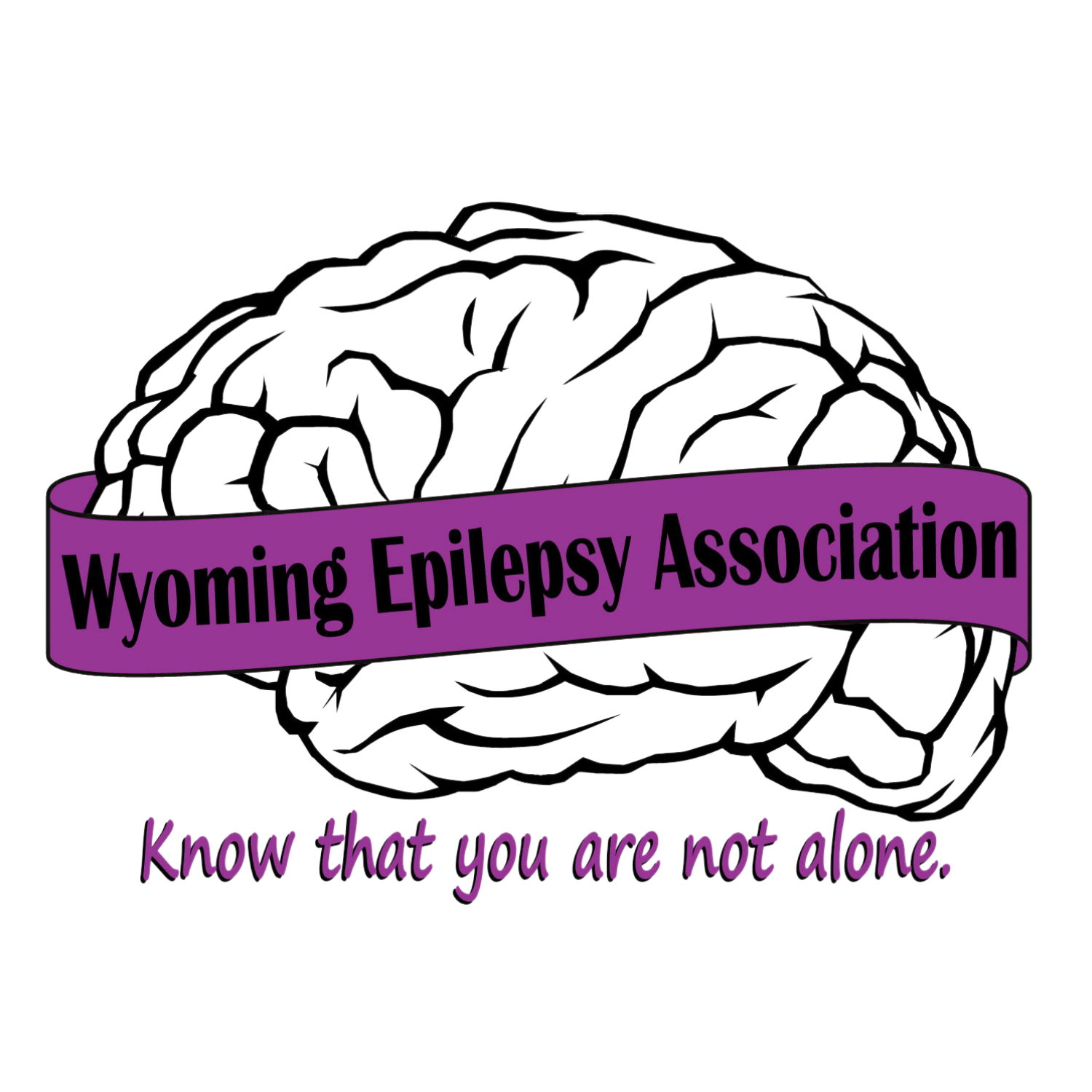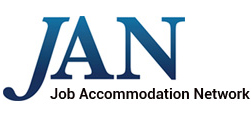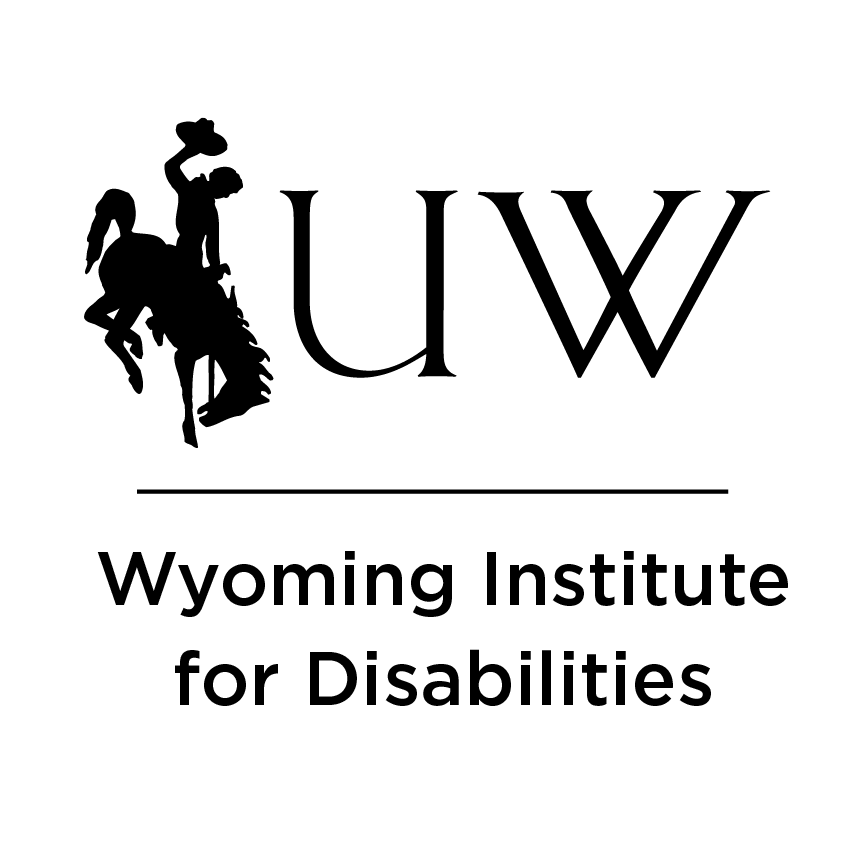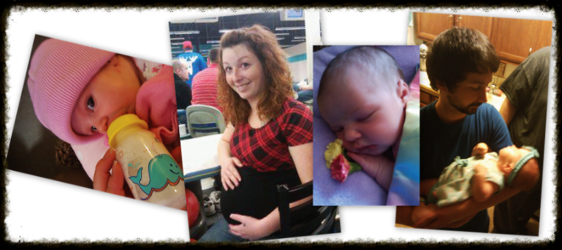Epilepsy Education
Epilepsy in General
Epilepsy is a disorder of the brain that causes seizures. These seizures are not caused by a temporary underlying medical condition such as a high fever.
Epilepsy can affect people in very different ways. This is because there are many causes and many different kinds of seizures. Some people may have multiple types of seizures or other medical conditions in addition to epilepsy. These factors play a major role in determining both the severity of the person’s condition and the impact it has on his or her life.
The way a seizure looks depends on the type of seizure a person is experiencing. Some seizures can look like staring spells. Other seizures can cause a person to collapse, shake, and become unaware of what’s going on around them.
Epilepsy can be caused by different conditions that affect a person’s brain. Many times the cause is unknown. Some causes include:
- Stroke.
- Brain tumor.
- Traumatic brain injury or head injury.
- Central nervous system infection.
A person with epilepsy is not contagious and cannot give epilepsy to another person.
Centers for Disease Control and Prevention. CDC 24/7. Saving Lives, Protecting People.
(a) History of epilepsy is defined as adults, participating in the 2010 National Health Interview Survey (NHIS), who responded “yes” to ever having been told by a doctor or other health professional that they had epilepsy or a seizure disorder.1
(b) Parents participating in the 2007 National Survey of Children’s Health were asked if a doctor or health care provider ever told them that their child had epilepsy or seizure disorder, and if so, if their child currently had epilepsy or seizure disorder.3
(c) Active epilepsy is defined as adults, participating in the 2010 NHIS, who reported a history of epilepsy or seizure disorder and either were currently taking medication to control it, or had one or more seizures in the past year, or both.1.
Epilepsy in the United States
History of Epilepsy (a)
According to the latest estimates, about 1.8% of adults aged 18 years or older have had a diagnosis of epilepsy or seizure disorder. (1)
- When applied to the 2013 population, this is about 4.3 million adults. (2)
- According to the latest estimates, about 1% of children aged 0-17 years have had a diagnosis of epilepsy or seizure disorder. (3b)
- When applied to the 2013 population, this is about 750,000 children aged 0-17 years. (2)
- When counting both children and adults, about 5.1 million people in the United States have had a diagnosis
Active Epilepsy (c)
According to the latest estimates, about 1% of adults aged 18 years or older have active epilepsy. (1)
- When applied to the 2013 population, this is about 2.4 million adults. (2)
- According to the latest estimates, about 0.6% of children aged 0-17 years have active epilepsy. (3)
- When applied to the 2013 population, this is about 460,000 children aged 0-17 years. (2)
- When counting both children and adults, about 2.9 million people in the United States have active epilepsy. (1-3)
Cost of Epilepsy
The total indirect and direct cost of epilepsy in the United States is estimated to be $15.5 billion yearly. This estimate is based on a reported cost of $12.5 billion in 1995 converted to a 2004 dollar value using Bureau of Labor Statistics data. (4)
This information was provided by, Centers for Disease Control and Prevention.
- Kobau R, Luo Y, Ph.D., Zack M, Helmers S, Thurman D. Epilepsy in adults and access to care — United States, 2012. MMWR. 2012;61(45);909-913. Accessed February 2, 2016.
- US Census Bureau, Population Division [database online]. Annual estimates of the resident population by sex, age, race, and Hispanic origin for the United States, States, and Counties: April 1, 2010, to July 1, 2013. Release Date: June 2014. HTML. Accessed February 2, 2015.
- Russ SA, Larson K, Halfon N. A national profile of childhood epilepsy and seizure disorder. Pediatrics 2012;129:256–64. DOI: 10.1542/peds.2010-1371.
- Institute of Medicine. Epilepsy Across the Spectrum: Promoting Health and Understanding. Washington, DC: The National Academies Press, 2012.
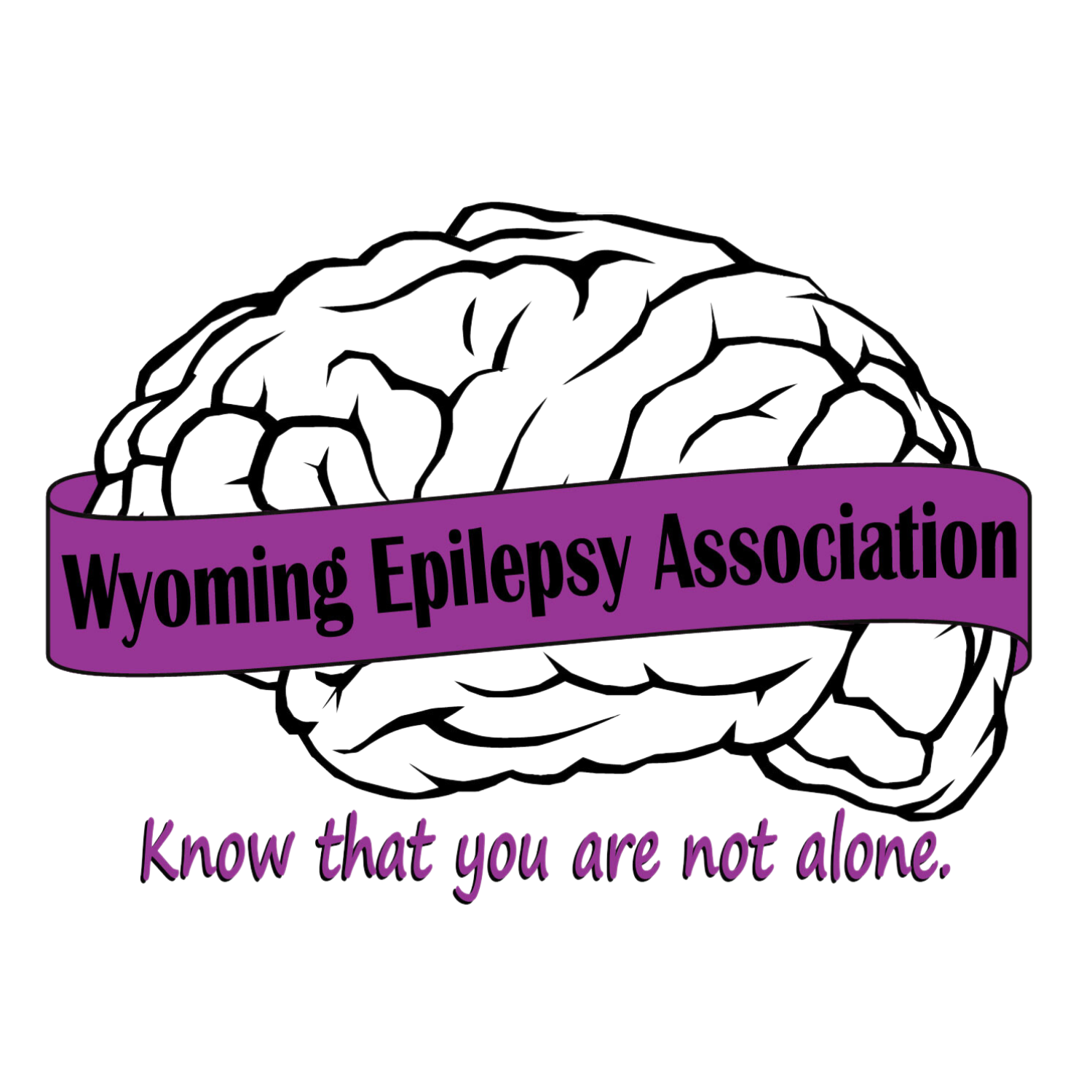
Wyoming Epilepsy Association
1612 Central Avenue #3
Cheyenne, Wyoming 82001
